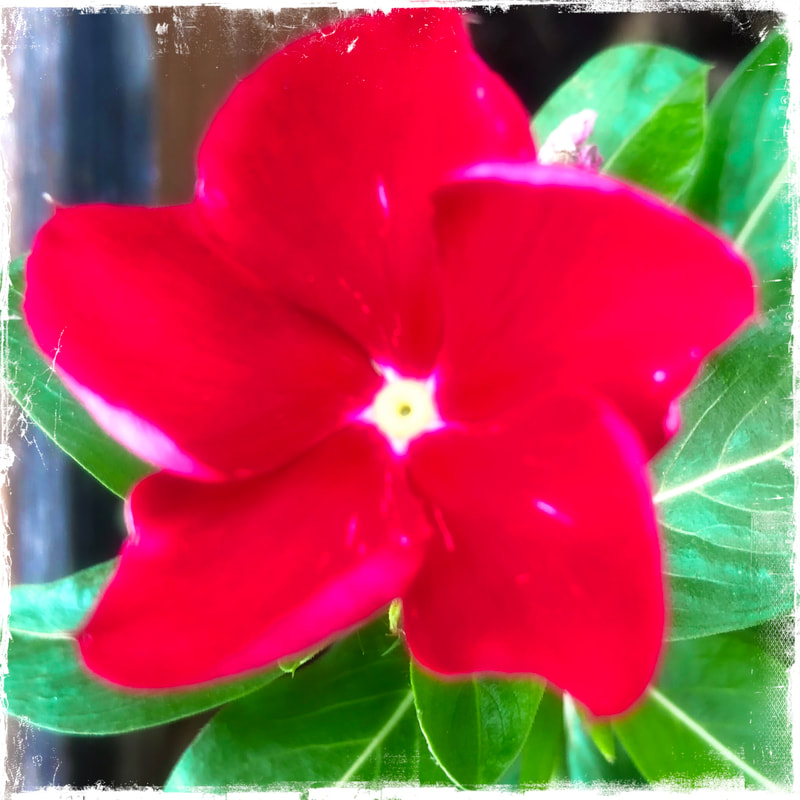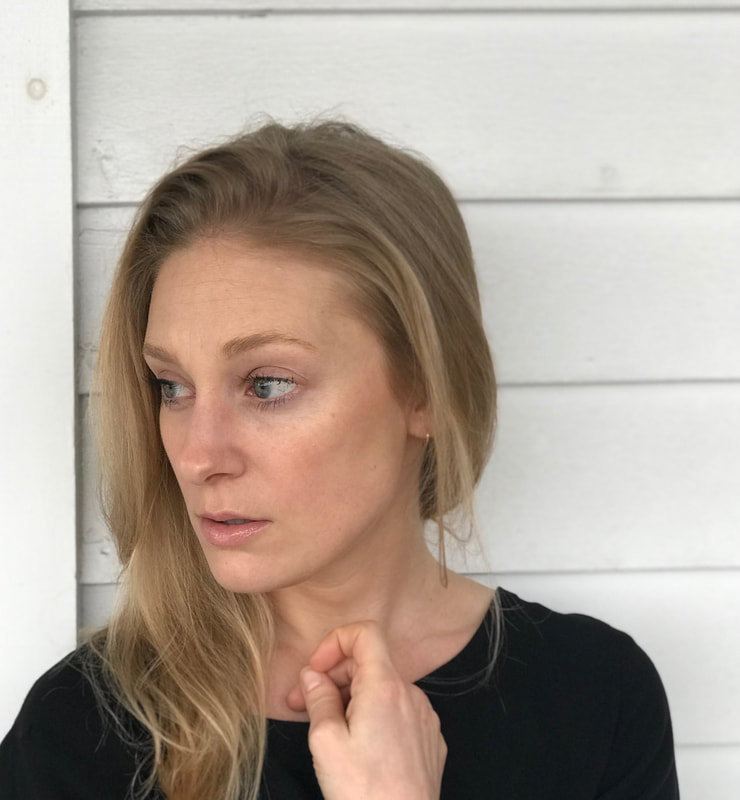ASSAY: A JOURNAL OF NONFICTION STUDIES
5.2
5.2
|
I am the woman writer. Don’t ask me for impregnable argument. As far as I’m concerned my text is flawed not when it is ambiguous or contradictory, but only when it leaves you no room for stories of your own.
—Nancy Mairs Part IPeople are saying it’s The Age of the Essay. A Golden Age. People disagree on why:
rampant narcissism; exponential awareness of our own ephemerality; the internet and its multitudinous platforms for personal voice; a period of transition marked by uncertainty, as Theodore Ziolkowski wrote, when thinkers can no longer write confident summae but, at most, the provisional, preliminary, penultimate ‘attempts' with which the skeptical Montaigne—Que sais je?—gave a name to the genre (295); Que sais je--both, What do I know? and Whadda I know?!; a cultural moment, as Rachel Blau DuPlessis has suggested, centering on difference, on articulations of specific, local, and topographical being, on the stating of the material meanings of individual choices, practices, options, and needs, on political and social locations for identity taking shape within language (24). Ziolkowski interpreting György Lukács: Only the essay can accommodate the furiously shifting kaleidoscope of modern life (304). The popularity of essay-length nonfiction books, what some are calling really short books, is a phenomenon important enough to be written about in chic publications such as T: The New York Times Style Magazine. Critic Christine Smallwood: True to its essence, the very short book does not pretend to have more to say than it does. This is as charming as encountering the rare person who knows when to speak and when to be silent. Smallwood goes on to argue that very short books, like very short men, might take themselves seriously (which she thinks is dignified), but maybe they should try harder, be more like Oxford’s Very Short Introductions, primers on useful topics such as human anatomy, banking or Rastafari, or more like the Penguin Great Ideas series, abbreviated snippets from the canon—pieces of the infinite night sky chopped up and glimpsed through the bound aperture of a telescope. Here, the critic seems to be expressing, albeit cheekily (admittedly, which opinion she is being cheeky about I’m not totally certain), a distaste for incompleteness, for books which are not useful. She needs the book to do something specific, such as show off a complete deck of knowledge or at least come to a conclusion. Plus, she writes, photographs of short books, either on their own or in a stack, can be posted to one’s social media account to communicate taste and substance. She’s worried, I think, that these books get used as props, which merely point to authentic knowledge, allowing for skimmed, shallow, existence to replace a deeply thought one. Yes, very short books are slim (a word that forces the lips and tongue into a delicate position), as far as width—slight objects that when placed atop one another create colorful (arguably pleasurable) and photogenic stacks. Stacks of books are comforting. The word stack has, for me, a ring of tidiness. Six silver dollar pancakes, for instance, browned and topped with a rectangle of butter—cutting into said stack with the side of a fork, watching the pancakes give and tear, revealing the tight layers, the soft geological stratum within. A stack of slim books is architecturally aesthetically modern in that it appears controlled, contained, not excessive. Taking a photograph of one of these stacks and posting it to one’s social media account might enable a personal physical and spiritual identification with ideologies of purity, simplicity, and intellect. A sort of paradoxical desire for release from excessive commodity identification through the visual display of relationships with certain commodities. And yet. What’s inside is not necessarily neat. There is a sprawling unruliness, an asymmetry, a becoming other-ness, to the very short essay book that enacts the very praxis of the essay itself, a genre that has been defined over and over again by its inability to be defined. These very short books are up to something. There is glamour in their tricky intimacy. We lean in, listening hard to the whisper behind a cupped hand. Often they can be read in one sitting. Often they invite the reader to flip back and forth between pages, revisiting textual clues with little narrative risk. Like a poem, they might be read over again within the same week, or returned to in troubled times like an aphorism. But like miniature worlds, very short books are, as Lia Purpura puts it in her very short essay On Miniatures, radically self-sufficient. The beings who inhabit fairylands, writes Purpura, those elves and sprites, pixies and trolls, don’t usually strive to be our pals. They’re distant and go about their business. Their smallness is our problem, or intrigue, or desire. They don't need us, and thus we are drawn to them—as any smitten lover might be, to a beloved who remains so close and yet just out of reach. In both their frivolous/cute (if we consider especially cuteness as the critic Sianne Ngai offers, as a commodity aesthetic with close ties to the pleasures of easy consumption) and unapologetic/serious existence, very short books are of a resistance. They are both cute and serious, less and more. Intimate and distant. Cozy and frigid. Perhaps that is why a reader might feel scorned, disregarded, inclined to say something like, Long essays sometimes masquerade as small books--ideas made of enough words to necessitate spine and binding…even if the entire volume can be read in a single sitting, as one reviewer wrote of You, Me, and the Violence, Catherine Taylor’s disturbing and beautifully braided book about puppets and drones (58). The desire to make this distinction hints at the unruliness, the need to take control of the other-ness of very short books. (I’ll tell you what’s happening in here!) But these masquerades seem secure with themselves to me, as far as their object-ness goes. Perhaps what ultimately makes a very short book a book, is that it is bound—not folded and fastened with staples or a sewn with a single thread, but bound with a flat spine that announces its title and author, thus giving it the sturdy potentiality of an object with portability, even function. An intimate thing, owned and cared for, cute enough to display, but without the preciousness of an art object. Being bound and shelve-able perhaps, is the key, for the formality of that containment magically transforms the brief insides into an immensity—a closed world deserving of careful attention, that also, in being so short, points beyond itself. While Mark Doty’s seventy-page Still Life with Oysters and Lemon, for instance, is inarguably brief in length, the depth or volume, if we imagine the pages like pools, appears fathomless. My first resonant, instructive thing? Doty ponders, after a close and dense examination of Dutch still lifes, contemplating how objects (those containers of feelings and experience, memory and time) are instructive to our understanding of the world. Hypnotist’s wheel, he continues, red swirl blazoned on a hard white candy ground, spinning even when it isn’t moving; that’s the life of the spiral, it seems to whirl even when it’s at rest. Peppermints, each wrapped in a shiny square of cellophane which twists at the ends into little flourishes. They emerge one after the other, endless, pouring out; perhaps they come into being the way matter is said to do, from the collapsed bodies of dead stars, streaming into the world. But the dark from whence they emerge is the unfathomable void of my grandmother’s glossy, black pocketbook. (10) This hypnotist’s wheel is a brilliant shift, a portal down into to the personal and concrete, still tethered by the grand and heady—imagery that swirls the reader from a museum into a memory, childhood, the backseat of an old car, the depths of a handbag, a tiny, common candy. This sort of move, both light and dense, is something Doty does deftly. And when these collective moves are bound as a whole object, the text takes on a near religious quality. It is a book not in spite of its short length, but because of it. Purpura: Miniatures are made to travel. They are portable and light, dense and compressed as diamonds. Like the writer who inhabits it, there is no one way for an essay book to be a very short book. Interiors might breathe with white space, with possibility or pause, so that what appears to be 100 pages of text might actually be only half of that. They might inquire about a life or an aesthetic, a way of looking at the world; they might collect scenes or archives, or bits of dialogue and repeated imagery, letting accumulation do its work; they might turn a shard of glass over and over until it refracts light in just the right way, or ways. In T Fleischmann’s Syzygy, Beauty: An Essay, one paragraph of lyric prose dots the center of each page, interrupted—once the reader has gotten cozy with that familiarity—by several pages of what one might call a list, each line directly addressing a You or several Yous whose presence is one of the many folds (Oppenheim’s furry teacup, prettiness, desire, gazelles, a pair of heart-shaped sunglasses, cave walls, the construction of a house, of a body) that help tuck the 109 or so pages into one another like a set of queer Babushka dolls. Sentences are transformed into symbols, doubling back, ringing bells, revealing—sometimes shyly, sometimes boldly—their relatives. Sarah Manguso’s tiny book Ongoingness: The End of a Diary, is even shorter (and squatter). Efficient vignettes that circle, bob, and weave the writer’s questions and observations about her obsessive record-keeping, motherhood, and memory (How, then, can I survive forgetting so much? (85)) rarely fill an entire page, and it is this briefness that creates tension, propulsion; that draws us close to the writer, her voice, her body; that beg us to return to it. There is an afterword. In it the author explains why she did not include any actual material from her diary in the book about keeping the diary (I didn’t know how to present to an audience a document that been written for no audience, and I knew I couldn’t ask my editor to edit an almost-million-word document possessing no goals regarding coherence or form. The only way I could include my diary in this book about my diary, then, was to refer to it and then continue on. Imagine it as dark matter or as one of the sixty-seven confirmed moons of Jupiter or whatever real thing you nonetheless must take faith on (94-95).)—accounting for a pragmatic reason the book is kept short. Gary Saul Morson: The aphorism, like the god’s sign, does not contain but points beyond itself, step by potentially endless step. It is a mystery.
|
|
Nina Boutsikaris is the author of the very short book I'm Trying to Tell You I'm Sorry, forthcoming from Black Lawrence Press in May 2019. Her essays have appeared in Fourth Genre, Third Coast, Redivider, The Los Angeles Review, and elsewhere. Her work was listed as a Notable Essay in Best American Essays 2016. and will be included in Brevity magazine's forthcoming anthology, The Best of Brevity (Rose Metal Press, 2020). She teaches nonfiction in the Hudson Valley and at Eugene Lang College in New York City.
|

